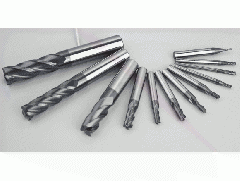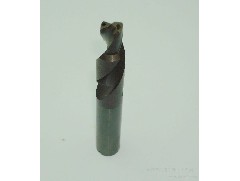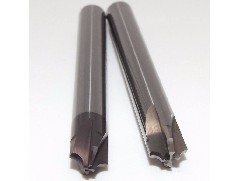-
Causes and Countermeasures of NC tool edge collapse
2020-10-12 1126
1) improper selection of blade brand and standard, such as too thin blade thickness or too hard and brittle trademark during rough machining. Countermeasures: increase the blade thickness or install the blade vertically, and select the trademark with high bending strength and resistance. 2) improper selection of several parameters of the tool (such as too large front and rear angle, etc.). Countermeasures: we can start from the following aspects to plan the tool from scratch. ① Reduce the front
-
What are the causes of chip accretion on NC tools?
2020-10-12 1268
The reason is that the chip bottom metal is embedded in the micro uneven peak valley on the front cutter surface due to the large down pressure in the part close to the cutting edge, forming a gap free metal to metal touch, which is called the bonding area. In the bonding zone, there will be a thin layer of metal data accumulated on the rake face at the bottom of the chip. The metal data of this part of the chip is severely deformed and strengthened at the appropriate cutting temperature. With t
-
What are the wear types of tungsten steel milling cutters?
2020-10-12 1224
Abrasive wear machining materials often have some very hard particles, these particles will form grooves on the surface of the tool, which is the grinding loss. All surfaces are worn, especially the rake face. In addition, although the wear of hemp occurs at various cutting speeds, the wear caused by other reasons is not obvious due to the low cutting temperature at low cutting speed, so it is mainly the abrasion of abrasive materials. The lower the tool hardness is, the more serious the grindin


